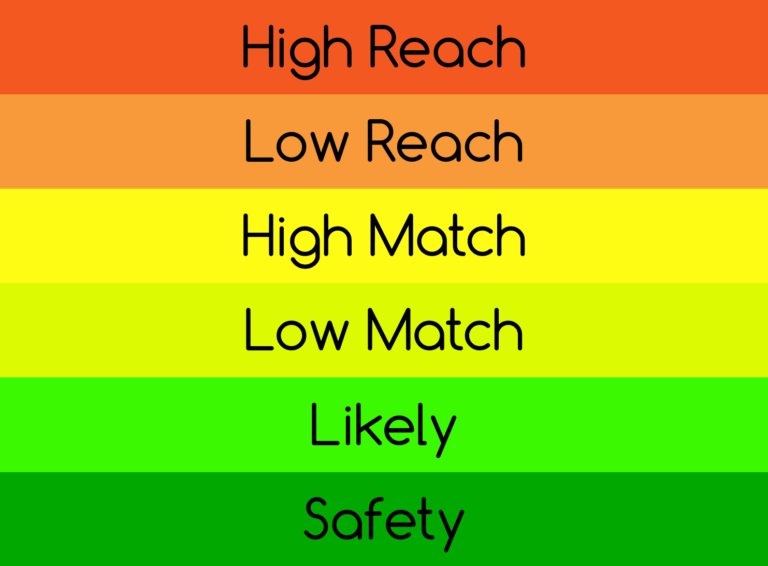
Anyone interested in selective colleges must understand about hooks. We will start by defining what it is.
Hook: Some characteristic that greatly boosts your chance of admission. Most hooks are things you have no control over, such as who your parents are, their income, their location, or your race.
Hooks matter because admission to selective colleges is a zero-sum game. A higher admit rate for hooked students automatically means a lower admit rate for everyone else.
Note that this post will not discuss whether hooks are fair, or whether they should be modified, or abolished. Instead it recognizes them as the current reality, and therefore something that applicants must consider when choosing where to apply.
Categories of hooks
With that out of the way, let’s now discuss the major categories of hooks.
- ALDC: This is an acronym that represents four of the most common hooks.
- Recruited Athlete. This is the single most powerful hook for most selective colleges. Recruited athletes are routinely admitted with far lower academic credentials than other applicants. Because this is a talent that the student has control over, it should probably be called a “spike”An exceptional talent in an academic or extracurricular area... More, but it has historically been called a hook, so we will stick to that here.
- Legacy. This is the term for applicants that are children of alumni. At Harvard, legacy applicants were accepted about 6x more often than non-legacy applicants with similar credentials.
- Development, although the term Dollars also seems appropriate. This category is for applicants where their parents donated a large amount of money. Depending upon the college, this could be millions or tens of millions of dollars.
- Children of faculty. Colleges want to please their star faculty, and one way of doing it is by admitting their children.
Some colleges may not consider all these hooks. MIT famously does not consider legacy at all, and gives much less emphasis to recruited athletes than the Ivy League or Stanford does.
Under-Represented Minority
UPDATE: The Supreme Court invalidated the use of race in college admissions on June 29, 2023. Being an under-represented minority is no longer considered a hook. The rest of this article will remain unchanged for historical purposes.
The next major hook is URM, which stands for Under-Represented Minority. URM means that, without a hook, the college would normally have a lower percentage of students from that group compared to the general population. This is also commonly called race-based affirmative action. Colleges that practice affirmative action give preference to applicants from under-represented minorities to increase the diversity on campus.
The most common URM groups are Black, Hispanic, or Native American, but it can also include certain groups from Asia that are historically under-represented as well, including the Hmong from southeast Asia.
Several states have prohibited race-based affirmative action for their publicly funded universities. When this article was written in May 2023, those states were Arizona, California, Florida, Idaho, Michigan, Nebraska, New Hampshire, and Oklahoma.
Additionally, the use of race-based affirmative action at both public and private universities is currently under review by the US Supreme Court, which is expected to release its decision in summer 2023.
First Generation / Low Income
This preference is called FGLI. Many colleges give preference to students that are the first generation to go to college, as well as those that come from low income families. In practice this means that FGLI students are not expected to have the same test scores or ample set of extracurriculars as those from more wealthy families. Note however that the admission bump for FGLI is lower than that for the ALDC categories.
Geography
Private selective colleges like to boast about having students from every state. Stanford may have a dearth of applicants from Montana, and therefore may consider relaxing its standards a bit. But it has an excess of talented applicants from California, and will hold them to very high standards. Like FGLI, the admission bump for Geography is small in private colleges.
When it comes to public universities, the situation changes completely, as many of them have a huge preference to state residents. For example, North Carolina residents with strong grades, test scores and recommendations and modest extracurricular activities have a great chance of getting into the University of North Carolina. But most out-of-state applicants with similar credentials are likely to be rejected.







“Several states have prohibited race-based affirmative action for their publicly funded universities.” I feel it could be said that despite California’s prop. 209, the University of California system’s ELC (Evaluation in Local Context) results in de facto affirmative action.